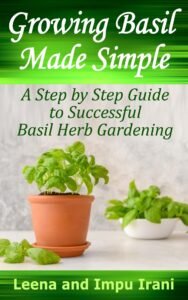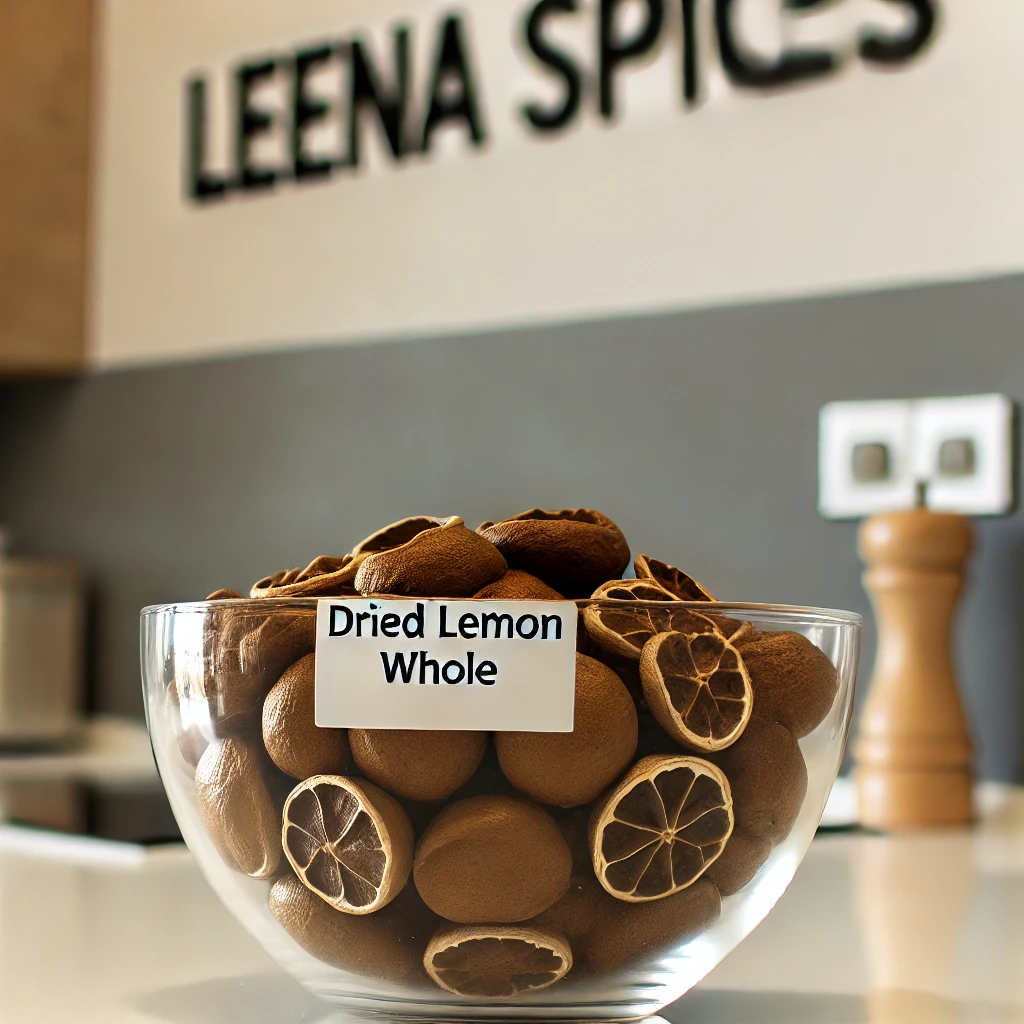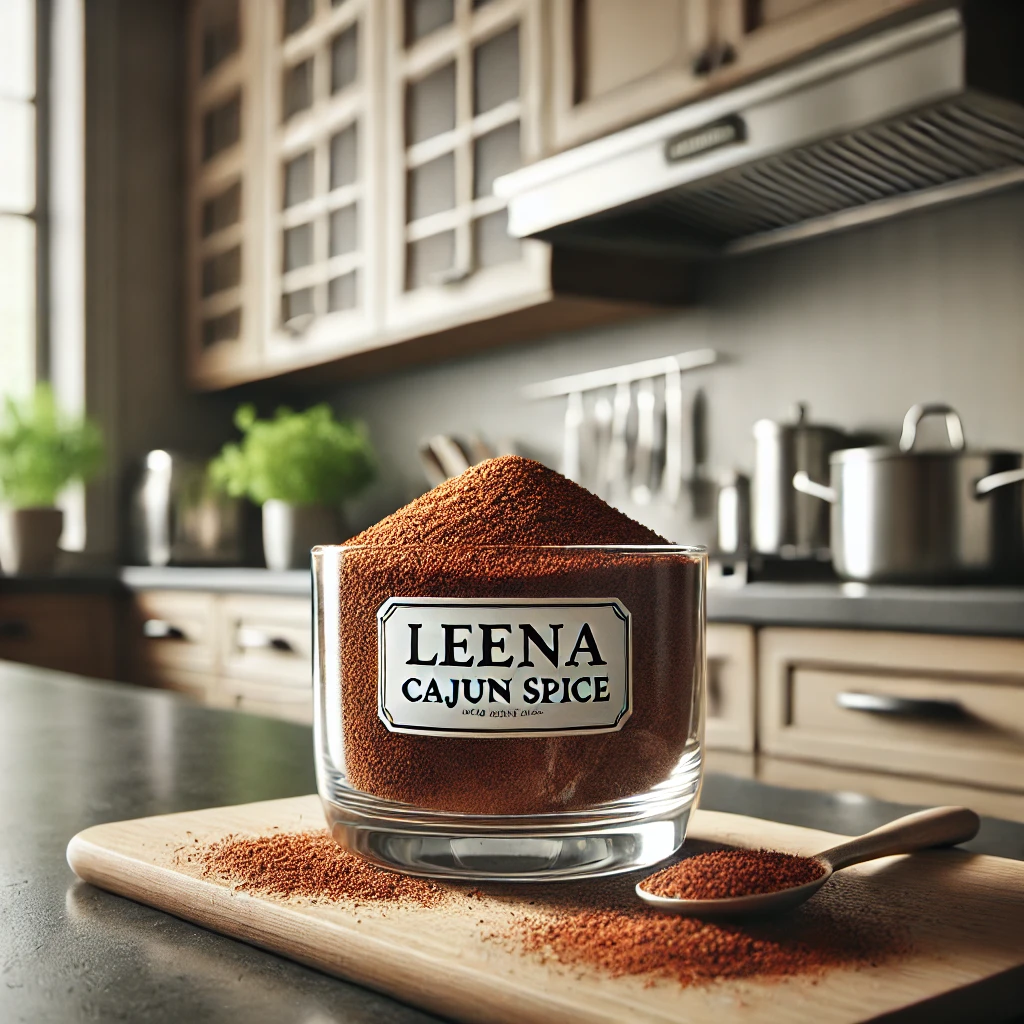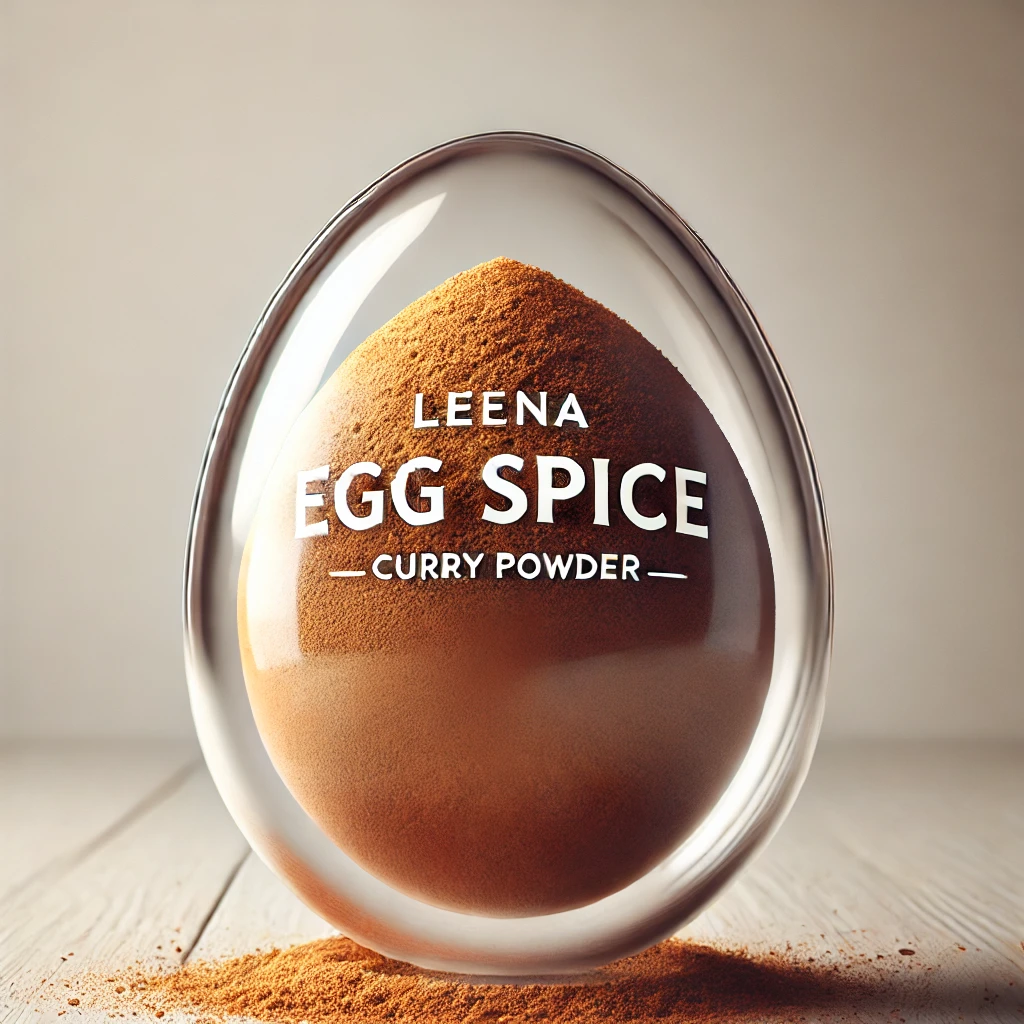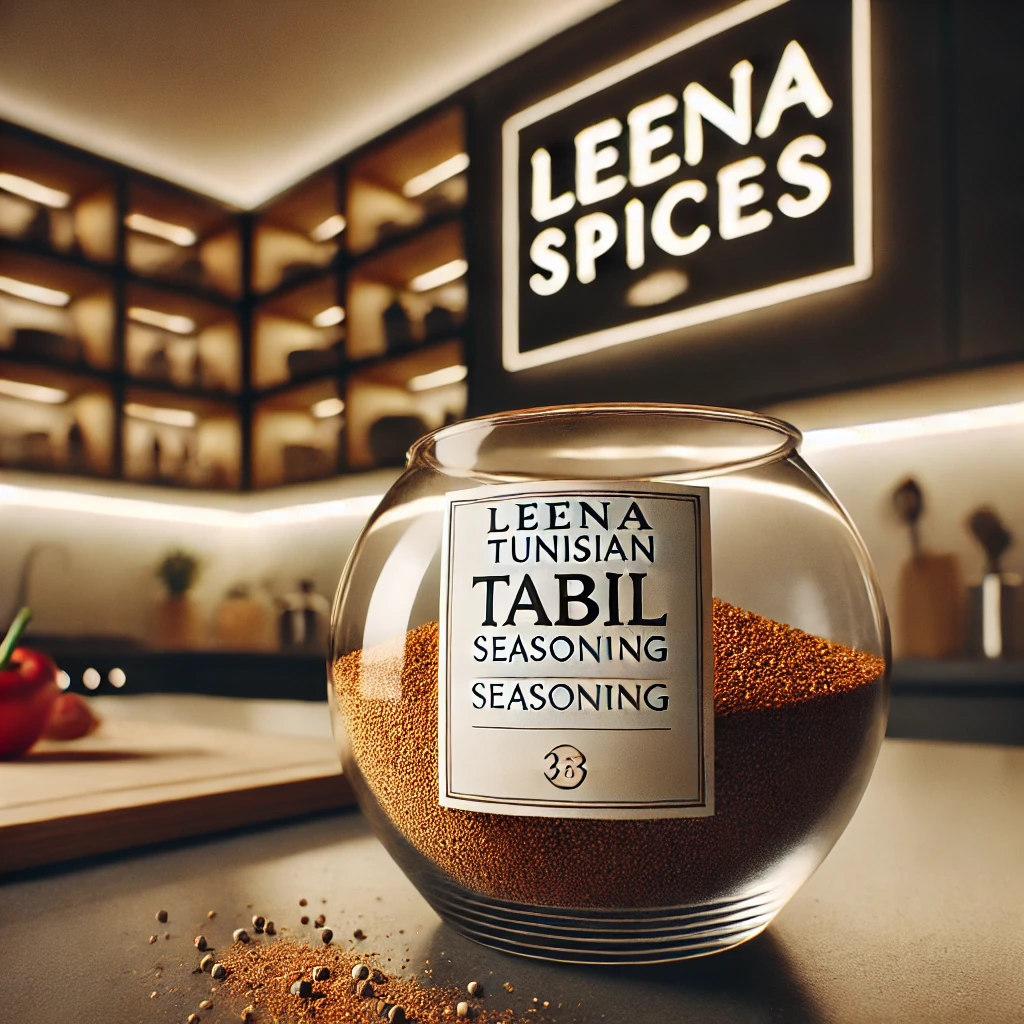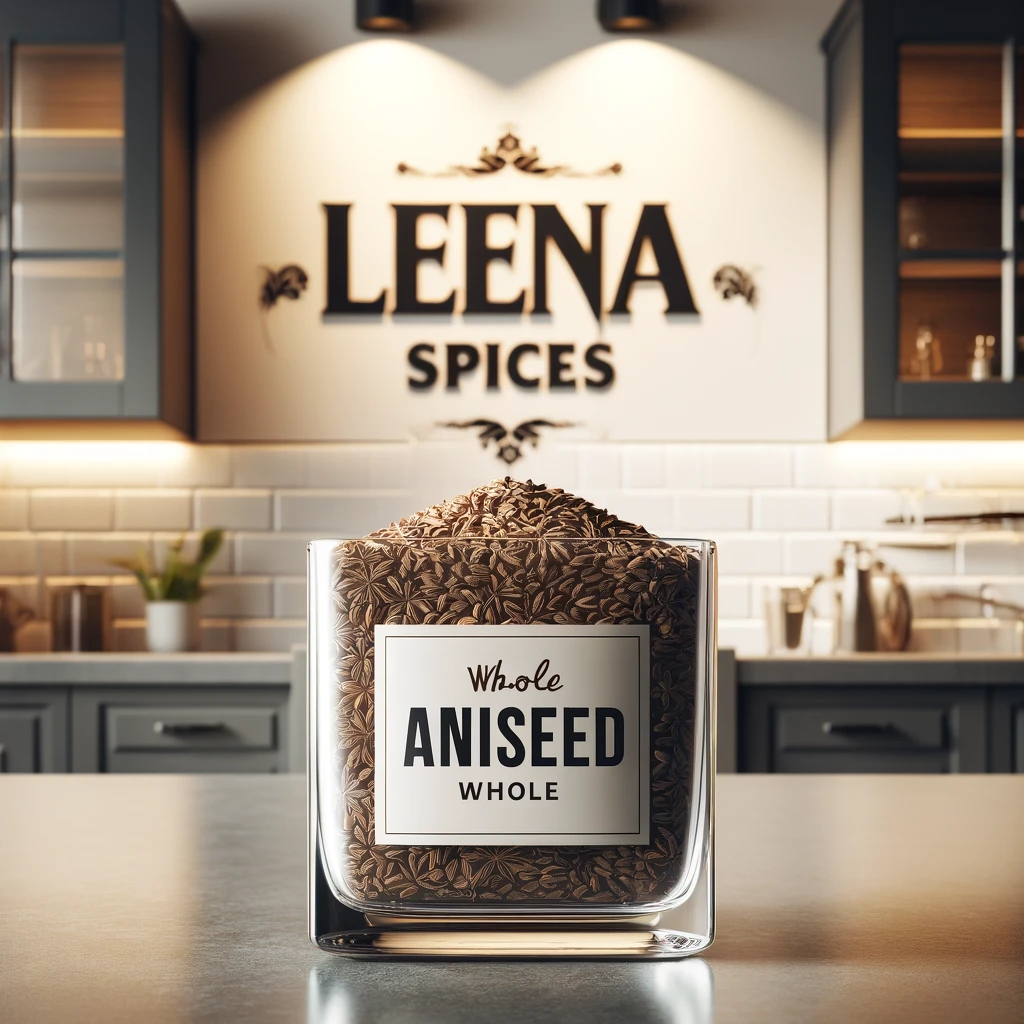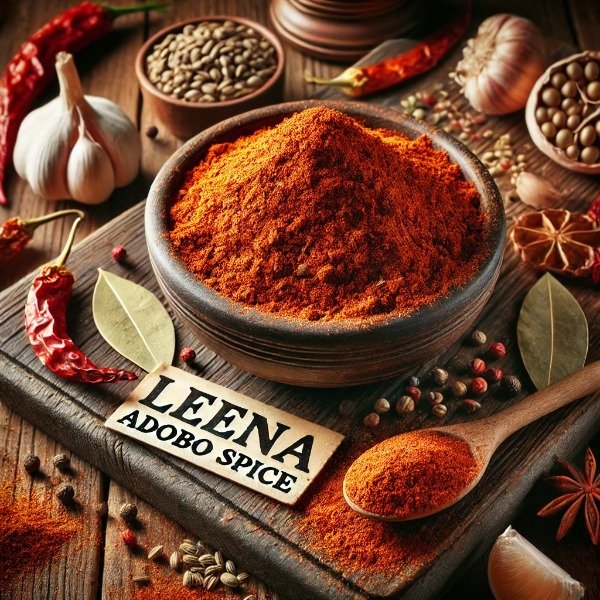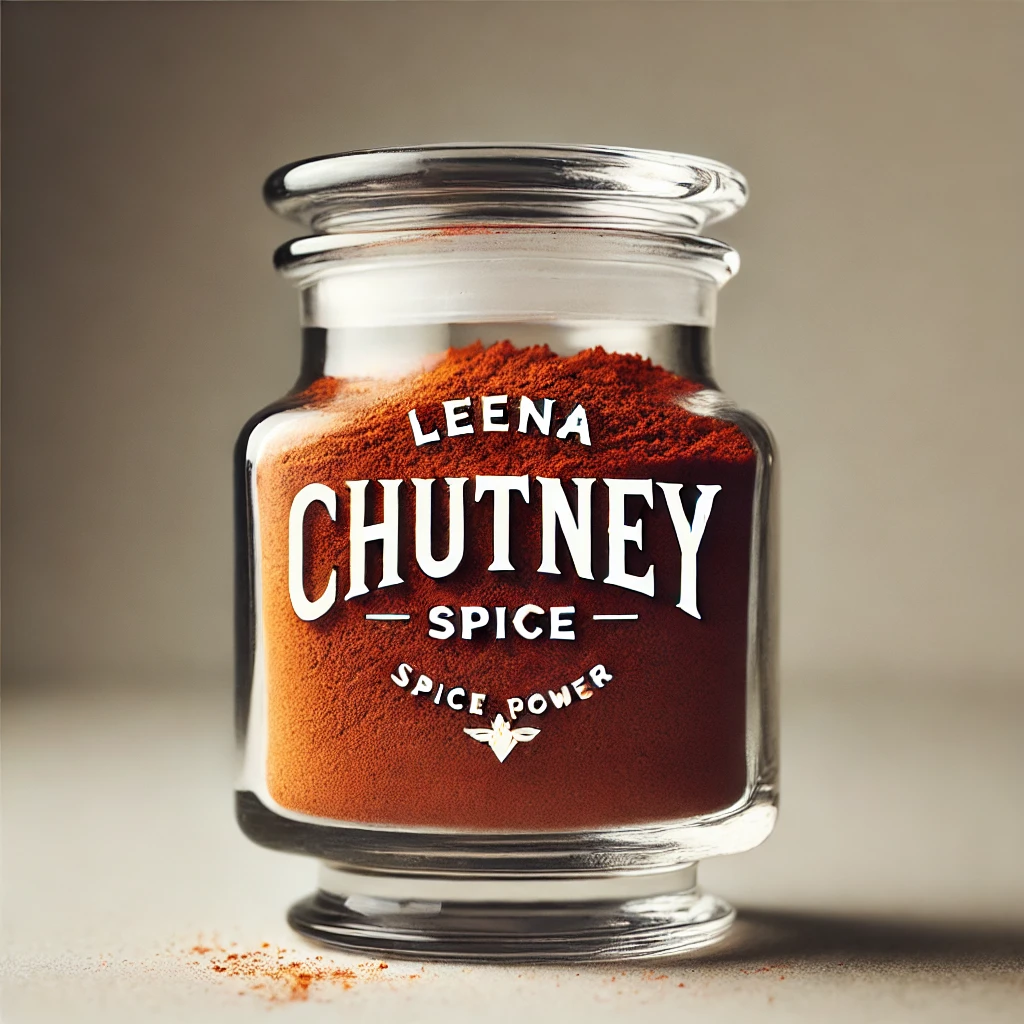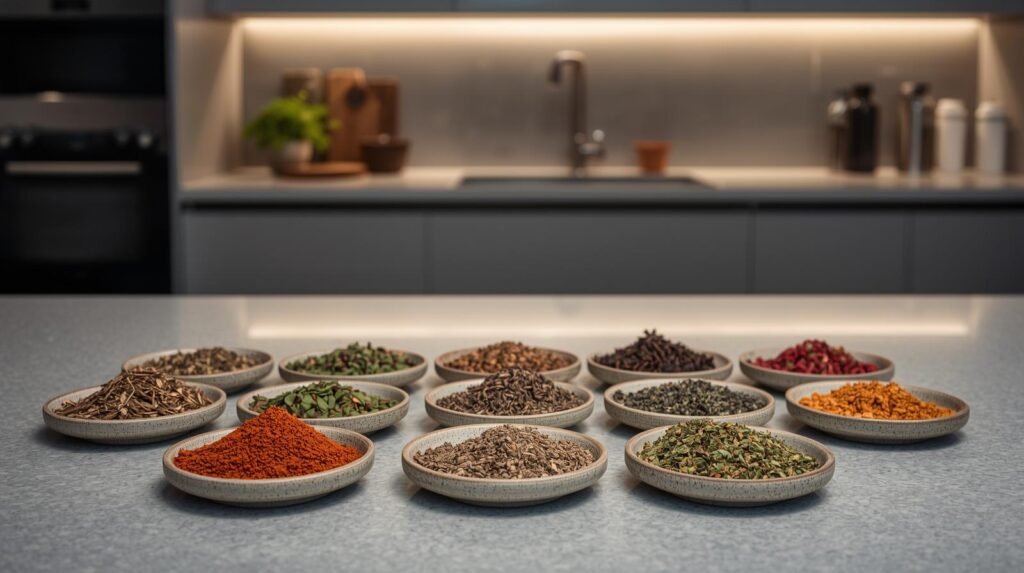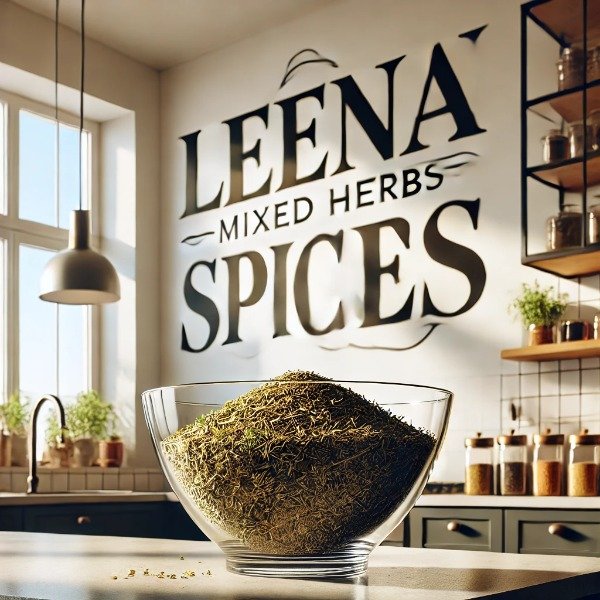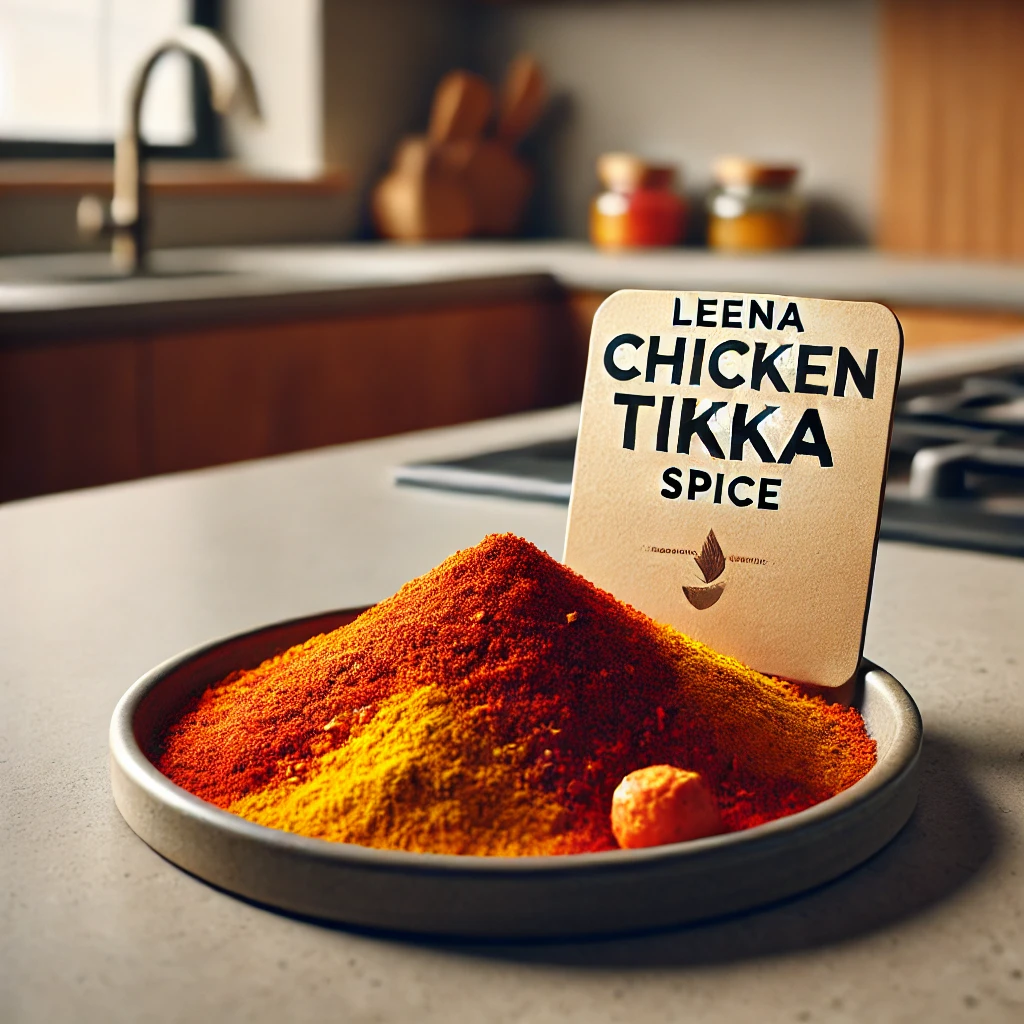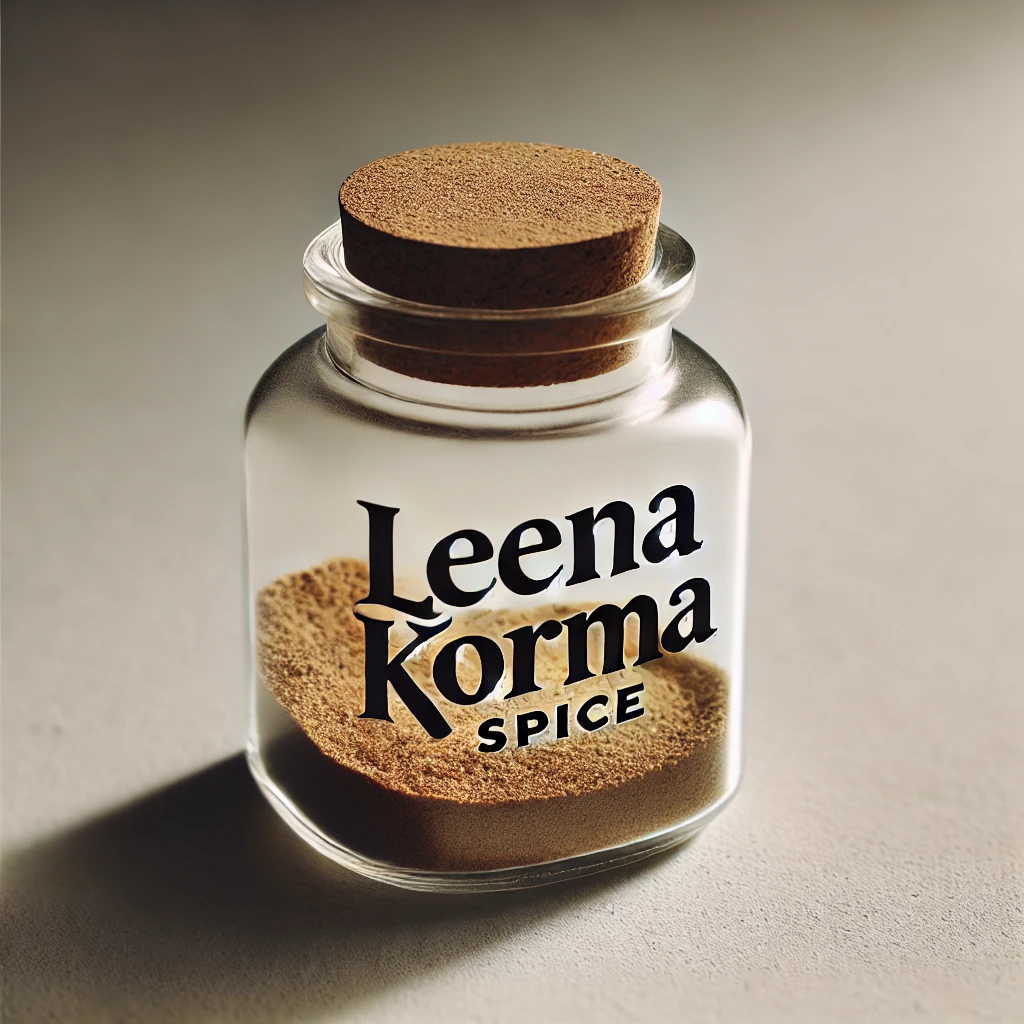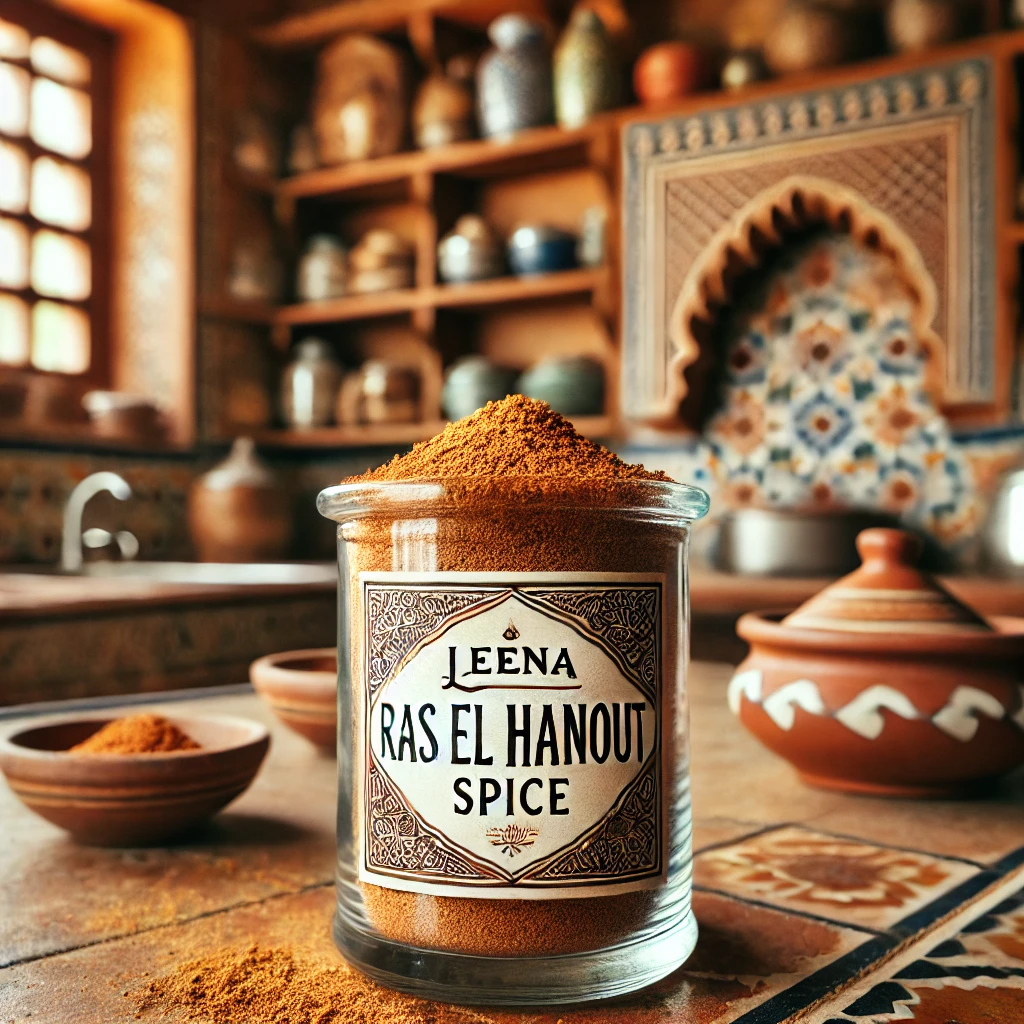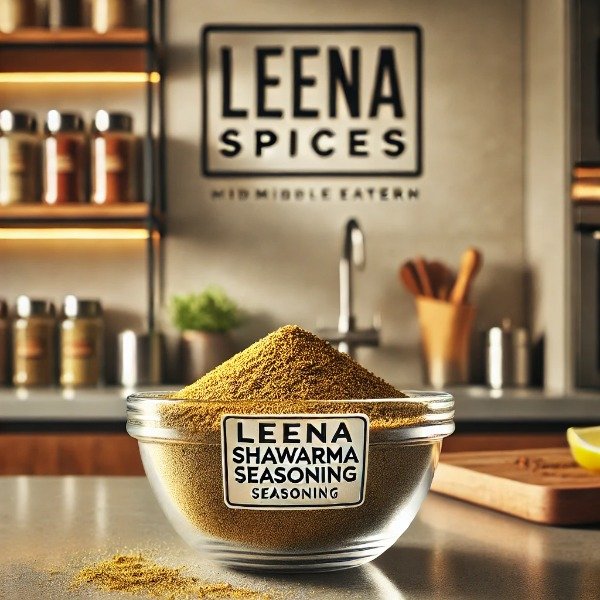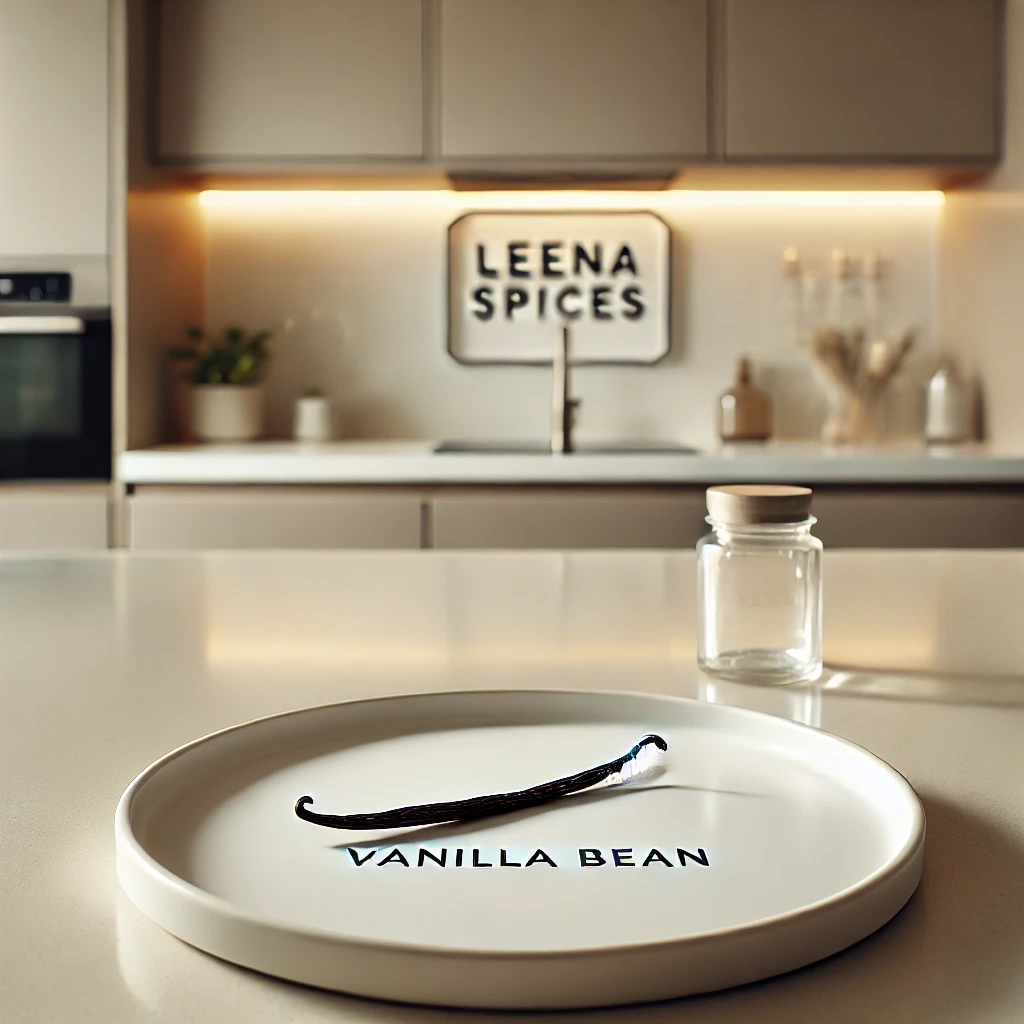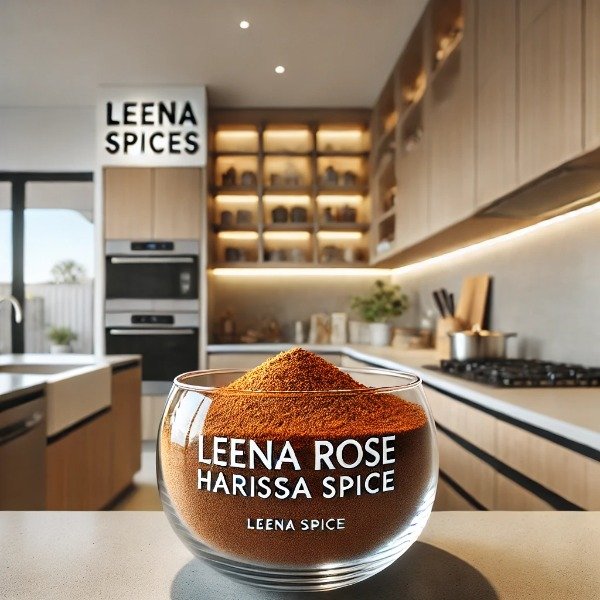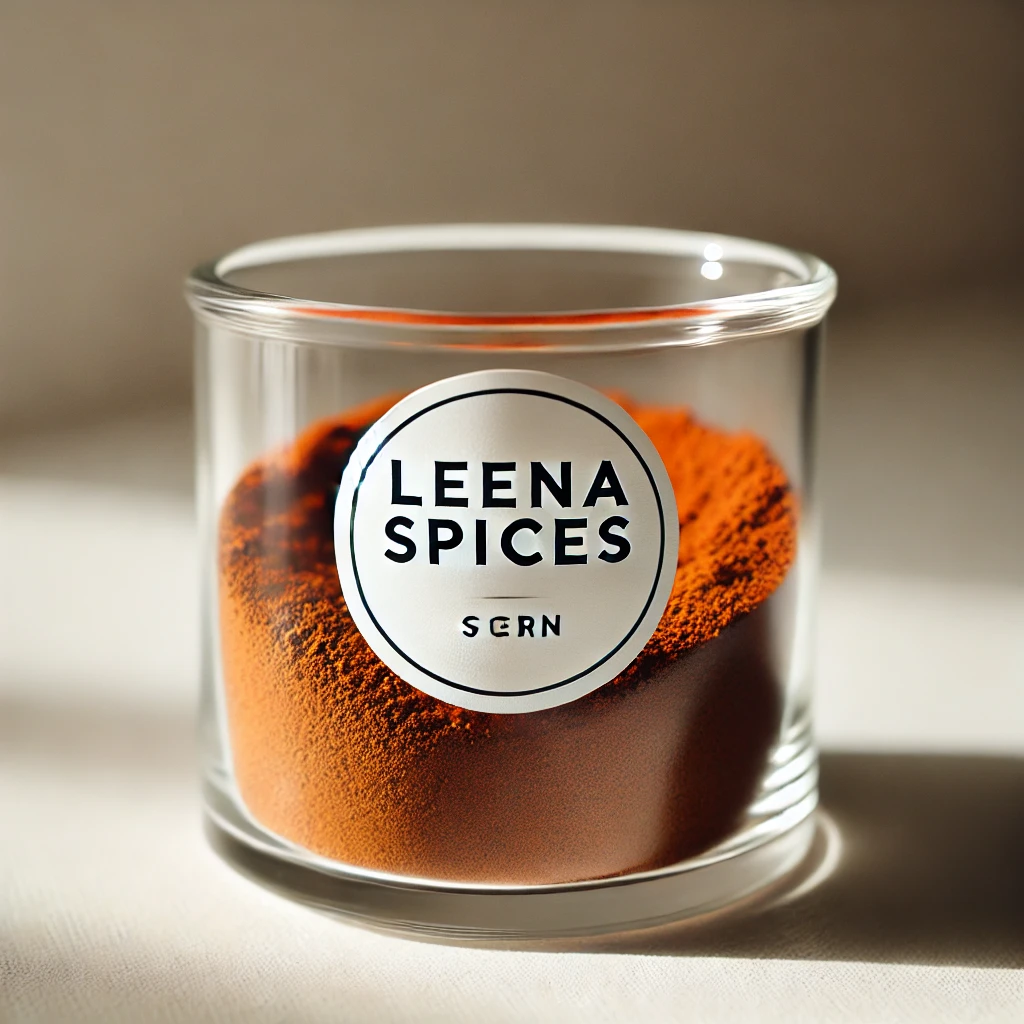10 Amazing Ways Oregano Transforms Your Cooking: Fresh, Dried & Flavor Secrets
Table of Contents
- Introduction
- Key Takeaways
- What is the difference between fresh and dried Oregano
- How do I use Oregano
- Common mistakes when using Oregano
- FAQs
- Conclusion
Introduction
Few herbs have traveled the world’s kitchens as gracefully as oregano. Known for its earthy, peppery warmth with hints of citrus, oregano is a timeless ingredient that adds depth and vibrancy to everything from Italian pasta sauces and Greek salads to Mexican salsas and roasted vegetables. Whether you’ve sprinkled it over a hot pizza, stirred it into a hearty stew, or snipped a few fresh leaves to brighten a summer salad, chances are oregano has already played a role in your cooking journey.
But oregano is more than just a flavorful seasoning. It is a versatile herb with a fascinating history, distinct fresh and dried uses, and even health-boosting properties thanks to its natural antioxidants and essential oils. The real magic of oregano lies in understanding how to use it correctly. Fresh oregano can bring a light, aromatic touch, while dried oregano offers a concentrated punch that holds up beautifully in long-cooked dishes. Knowing when and how to use each form can transform your meals from good to unforgettable.
Key Takeaways
What is the main difference between fresh and dried oregano?
Fresh oregano is lighter and grassy, while dried oregano is stronger and more concentrated.
When should I use fresh oregano vs. dried oregano?
Use dried oregano early in cooking; add fresh oregano at the end or as a garnish.
How can I get the best flavor from oregano?
Crush dried leaves before adding; chop fresh leaves just before use.
What mistakes should I avoid?
Don’t overcook fresh oregano, and don’t use old, stale dried oregano.
What foods pair best with oregano?
Tomatoes, garlic, olive oil, lemon, lamb, chicken, and beef.
How do I store oregano properly?
Dried oregano: airtight container in a cool, dark place (up to 1 year).
Fresh oregano: fridge, wrapped in a damp towel or in a jar of water (1–3 weeks).
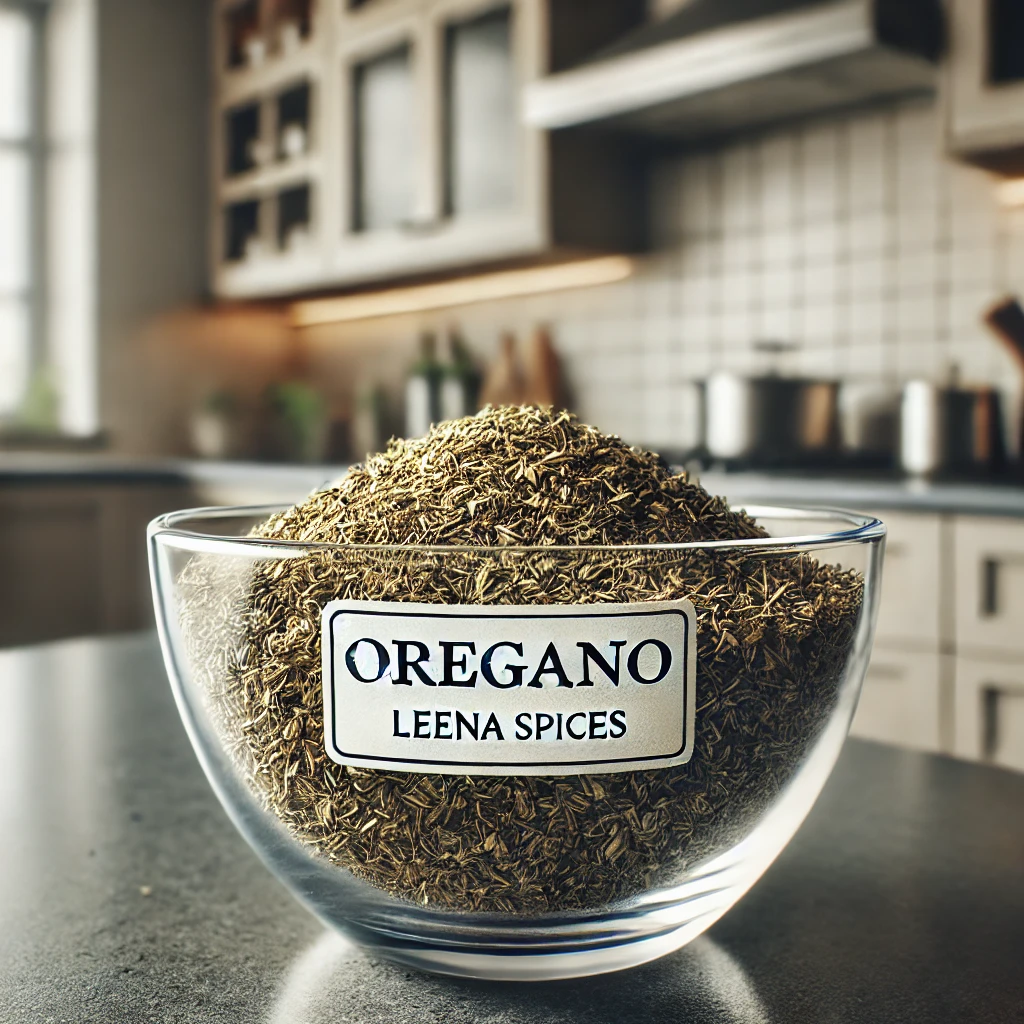
What Is the Difference Between Fresh and Dried Oregano?
The primary difference between fresh and dried oregano lies in flavor intensity, aroma, and ideal culinary uses. Each form has unique qualities that make it better suited for certain dishes.
Fresh Oregano
Fresh oregano has a milder, brighter, and more vibrant flavor with subtle citrus and peppery notes. Its green, leafy aroma is delicate, making it perfect for finishing dishes, garnishing salads, or incorporating into marinades. The herb’s tender texture and fresh flavor are best preserved when added at the end of cooking or used raw.
Dried Oregano
Dried oregano has a more concentrated, earthy, and robust flavor. The drying process intensifies its essential oils, giving it a deeper, slightly bitter, and pungent profile. This makes dried oregano ideal for dishes that cook for longer periods, such as tomato sauces, stews, soups, braised meats, and spice rubs. Its potency allows it to infuse slow-cooked dishes thoroughly, complementing bold flavors without being overpowered.
Substitution Guidelines
Because dried oregano is stronger than fresh, a general substitution ratio is one tablespoon of fresh oregano for one teaspoon of dried. This ensures that your dishes maintain the right flavor balance when switching between forms.
Choosing the Right Form
Use fresh oregano when you want a lighter, aromatic finish or when the visual and textural qualities of the leaves are important. Use dried oregano for slow-cooked or robust dishes where its concentrated flavor can develop fully. By understanding the differences between fresh and dried oregano, you can select the right form for each recipe and make the most of this versatile herb.
Fresh vs. Dried Oregano: Quick Reference
Feature | Fresh Oregano | Dried Oregano |
Flavor Profile | Milder, brighter, and more vibrant with subtle citrus and slightly peppery notes. Green, leafy aroma is prominent. | Concentrated, earthy, robust, slightly bitter. Drying intensifies essential oils, making it stronger and more pungent. |
Best Uses | Added at the end of cooking, as a garnish, in salads, or in marinades. Ideal for showcasing fresh texture and aroma. | Long-cooked dishes like sauces, stews, braised meats, chilis. Great for rubs and spice blends where flavor develops over time. |
Potency | Less concentrated | Much stronger and more robust |
Substitution Ratio | 1 tablespoon fresh = 1 teaspoon dried | 1 teaspoon dried = 1 tablespoon fresh |
Is Oregano Better Fresh or Dried?
- Salads and garnishes
- Marinades and pestos
- Quick sautéed dishes or lightly cooked sauces
- Tomato sauces and pasta dishes
- Stews, soups, and braised meats
- Spice rubs and slow-cooked chilis
How Do I Use Fresh Oregano
Fresh oregano has a bright, aromatic flavor with mild citrusy and peppery notes. Its tender leaves and vibrant aroma make it ideal for dishes where freshness is the star. Unlike dried oregano, fresh oregano is best added toward the end of cooking or used as a finishing touch to preserve its delicate qualities.
Preparing Fresh Oregano
Start by rinsing the sprigs under cool water and patting them dry. Strip the leaves from the stems by running your fingers along the stalk. Chop the leaves finely to release their oils and maximize flavor.
Ways to Use Fresh Oregano
Fresh oregano is versatile and can enhance a wide range of dishes:
- Salads: Add chopped oregano to Greek salads or mixed greens to introduce a fresh, herbaceous note.
- Marinades and Dressings: Blend with olive oil, lemon, garlic, or vinegar to flavor meats, poultry, seafood, or vegetables.
- Garnishes: Sprinkle over roasted vegetables, grilled meats, fish, or pasta just before serving for a lively accent.
- Pestos and Herb Butters: Mix into pestos or herb-infused butters as an alternative to basil for a bright twist.
- Quick-cooked Dishes: Stir into lightly sautéed vegetables, eggs, or sauces at the end of cooking to preserve its aroma.
- Soups and Stews: Add in the final few minutes of cooking to maintain its fresh flavor.
How do I Use Dried Oregano
Dried oregano has a concentrated, robust, and slightly earthy flavor that makes it ideal for long-cooking dishes. The drying process intensifies its essential oils, allowing the herb to infuse deeply into sauces, stews, and other hearty recipes.
Preparing Dried Oregano
- Measure carefully: Dried oregano is much stronger than fresh, so use about 1 teaspoon of dried for every 1 tablespoon of fresh called for in a recipe.
- Crush lightly: Rub or crush the dried leaves between your fingers to release their aromatic oils before adding to your dish.
Ways to Use Dried Oregano
- Sauces and Soups: Add early to tomato-based sauces, pasta sauces, soups, stews, and braised meats so its flavor can fully meld with other ingredients.
- Spice Rubs and Marinades: Combine with lemon juice, olive oil, garlic, or other spices to create rubs for chicken, beef, lamb, or roasted vegetables.
- Pizza and Roasted Vegetables: Sprinkle on pizza before baking or toss with vegetables like potatoes, zucchini, and bell peppers for enhanced flavor.
- Spice Blends: A key ingredient in Italian seasoning, za’atar, and Mexican chili spice mixes, dried oregano blends well with other herbs to create custom flavors.
- Casseroles and Chilis: Infuse long-cooked dishes with its earthy, warm notes for a richer taste.
Dried oregano is a pantry staple that delivers deep, aromatic flavor to Mediterranean, Mexican, and many other cuisines. Its versatility makes it perfect for adding warmth and complexity to sauces, soups, roasted dishes, and spice blends.
Tips for Getting the Best Flavor from Oregano
Fresh Oregano
- Add at the end: Its delicate, bright flavor can be lost with prolonged heat. Add fresh oregano toward the end of cooking or use it as a garnish to preserve its aroma.
- Prepare properly: Strip leaves from the stems just before use and chop finely to release the essential oils and bright, slightly citrusy notes.
- Use in dishes where freshness shines: Ideal for salads, marinades, soups, grilled meats, and roasted vegetables.
- Quality matters: Choose sprigs with vibrant green leaves, avoiding wilted or yellowing ones.
- Storage: Keep in the refrigerator, wrapped in a damp paper towel or in a jar with water, and use within 1–3 weeks.
Dried Oregano
- Add early: Include in soups, stews, sauces, and braises at the beginning so it has time to rehydrate and infuse its earthy flavor.
- Release oils: Gently crush the leaves between your fingers before adding to enhance aroma and taste.
- Great for seasoning: Perfect in spice blends, rubs, marinades, tomato-based sauces, pizza, roasted vegetables, and Mediterranean or Mexican dishes.
- Check freshness: A strong, aromatic scent indicates high quality; a faint smell may mean the herb is old.
- Storage: Keep in an airtight container in a cool, dark place for up to a year.
General Tips
- Substitution: Dried oregano is more potent than fresh. Use 1 teaspoon dried for every 1 tablespoon fresh.
- Layer flavors: Combine dried and fresh oregano for depth—start with dried for richness, finish with fresh for brightness.
- Pairing: Works well with garlic, olive oil, lemon, tomatoes, thyme, basil, and cumin.
Common Mistakes When Using Oregano and How to Avoid Them
Even with a simple herb like oregano, it’s easy to make mistakes that prevent you from getting the best flavor. Being aware of these missteps will help you use oregano more effectively and elevate your cooking.
1. Using Too Much Oregano
- Mistake: Adding the same amount of dried oregano as fresh, or overusing it in a recipe.
- Result: Overpowering, bitter, or medicinal taste.
- Tip: Start small. Use 1 teaspoon dried oregano for every 1 tablespoon fresh. Adjust gradually to taste.
2. Adding Fresh Oregano Too Early
- Mistake: Cooking fresh oregano for long periods.
- Result: Loss of bright, aromatic flavor and muted taste.
- Tip: Add fresh oregano at the end of cooking or use it as a garnish to preserve its vibrant, peppery flavor.
3. Adding Dried Oregano at the Wrong Time
- Mistake: Adding dried oregano too late in cooking.
- Result: Raw, one-dimensional flavor.
- Tip: Add dried oregano early in sauces, soups, stews, or braises to allow its essential oils to infuse the dish fully.
4. Cooking with Old or Low-Quality Oregano
- Mistake: Using stale or poorly stored oregano.
- Result: Weak, flat, or harsh flavors.
- Tip: Choose fresh, vibrant green leaves for fresh oregano and high-quality dried oregano from reputable sources. Store dried oregano in airtight containers in a cool, dark place and fresh oregano in the refrigerator for 1–3 weeks.
5. Mismatching Oregano Varieties
- Mistake: Using the wrong type for the cuisine.
- Result: Flavors that don’t complement the dish (e.g., Greek oregano in a Mexican recipe).
- Tip: Know your varieties:
- Greek oregano: Bold, peppery, earthy – Mediterranean dishes
- Italian oregano: Mild, sweet – pasta, pizza
- Mexican oregano: Citrus and earthy – Tex-Mex recipes
6. Not Crushing Dried Oregano
- Mistake: Adding dried oregano directly from the jar.
- Result: Underwhelming aroma and flavor.
- Tip: Gently crush dried oregano between your fingers before adding to release essential oils.
7. Using Oregano as the Only Herb
- Mistake: Relying solely on oregano for flavor.
- Result: Flat or one-dimensional dishes.
- Tip: Combine oregano with complementary ingredients like garlic, basil, thyme, lemon, or olive oil to build layers of flavor.
Quick Summary:
- Use fresh oregano for quick-cooked or raw dishes, and dried oregano for slow-cooked recipes.
- Measure carefully and adjust to taste.
- Pair oregano with complementary flavors to enhance its signature warmth and depth.
Mistake | Result | How to Avoid |
Using too much oregano | Overpowering, bitter, or medicinal taste | Use 1 tsp dried = 1 tbsp fresh; start small and adjust to taste |
Adding fresh oregano too early | Loss of bright, aromatic flavor | Add fresh oregano at the end of cooking or as a garnish |
Adding dried oregano too late | Raw, one-dimensional flavor | Add dried oregano early in sauces, soups, stews, and braises |
Using old or low-quality oregano | Weak, flat, or harsh flavors | Use fresh, vibrant leaves or high-quality dried oregano; store properly |
Mismatching oregano varieties | Flavors don’t complement the dish | Match the variety to the cuisine: Greek – Mediterranean, Italian – pasta/pizza, Mexican – Tex-Mex |
Not crushing dried oregano | Underwhelming aroma and flavor | Gently crush dried leaves between fingers before use |
Using oregano as the only herb | Flat or one-dimensional dishes | Combine with complementary herbs and spices like garlic, basil, thyme, lemon, or olive oil |
Frequently Asked Questions About Oregano
What is the main difference between fresh and dried oregano?
Fresh oregano has a lighter, brighter, and slightly citrusy flavor, while dried oregano is more concentrated, earthy, and robust.
Is oregano better fresh or dried?
Neither is better overall. It depends on the dish. Fresh oregano works best for garnishes, salads, and quick recipes, while dried oregano shines in sauces, soups, and slow-cooked meals.
How do I use fresh oregano in cooking?
Rinse the sprigs, remove the leaves from the stems, and chop finely. Add fresh oregano near the end of cooking or as a garnish to preserve its delicate aroma and flavor.
How do I use dried oregano in recipes?
Crush the dried leaves gently between your fingers to release the oils, and add them early in the cooking process. This gives the bold flavor time to infuse sauces, soups, and stews.
What is the substitution ratio between fresh and dried oregano?
As a general rule, 1 teaspoon of dried oregano equals 1 tablespoon of fresh oregano.
What are some tips for getting the best flavor from oregano?
Use fresh oregano for brightness and dried oregano for intensity. Store dried oregano in an airtight container away from light and heat, and refrigerate fresh oregano wrapped in a damp paper towel.
What are common mistakes when cooking with oregano?
Overusing dried oregano, adding fresh oregano too early, or failing to crush dried leaves before cooking can all lead to overpowering or muted flavors.
Conclusion
Oregano is far more than just a humble herb. It is a powerhouse of flavor, tradition, and versatility. Whether sprinkled fresh over a crisp Greek salad or simmered dried into a hearty tomato sauce, oregano has the unique ability to elevate simple ingredients into dishes bursting with warmth and character. By understanding the differences between fresh and dried forms, learning when to add each, and avoiding common mistakes, you can unlock the full potential of this aromatic staple.
From Mediterranean classics to Mexican favorites, oregano has earned its place in kitchens around the world. Treat it with care, store it properly, and use it thoughtfully, and you’ll discover why this timeless herb is truly the “joy of the mountain.” With just a pinch, oregano transforms everyday meals into unforgettable culinary experiences.

